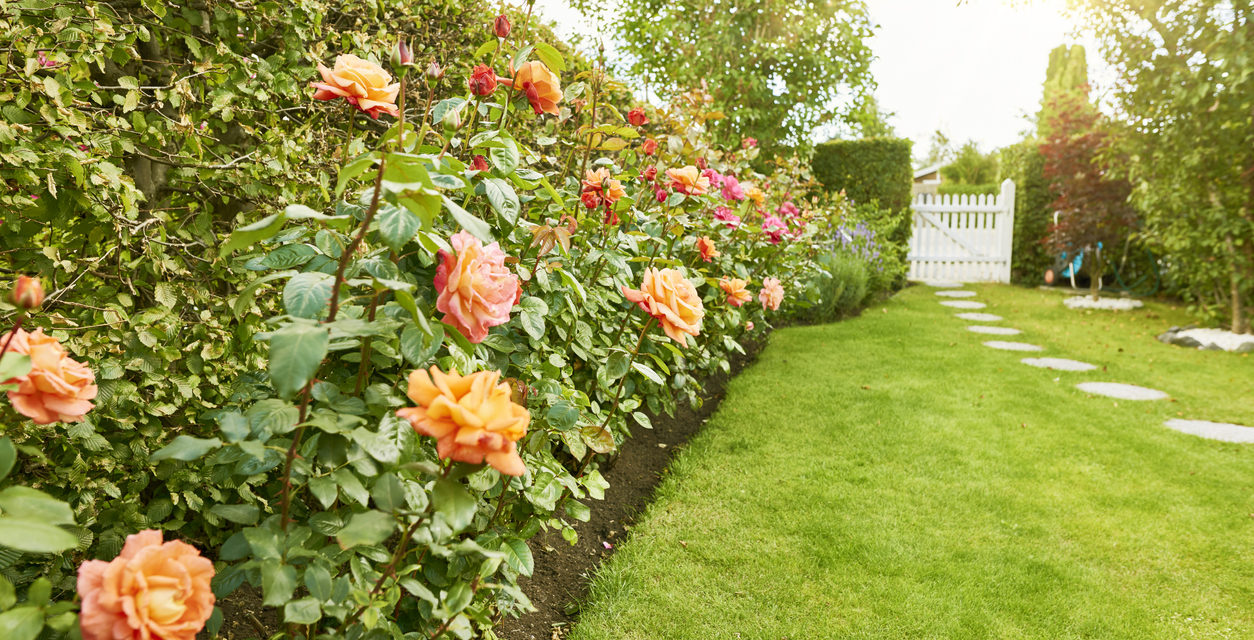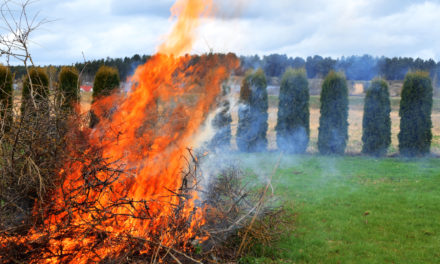Most of our Pikes Peak region lawns are cool season grasses. That means the most active growth occurs at temperatures between 60 and 75 degrees. Kentucky bluegrass, fescues and rye are all cool season grasses. They benefit from some early spring care, so here are a few pointers toward a great lawn this year.
Core aerating: Soil compaction is a big problem for turf. Healthy soil contains air pockets that let plant roots access oxygen. In other parts of the garden, you can cultivate the soil annually to restore these air spaces. In a lawn, that is not practical. But you can remedy soil compaction in a lawn with core aeration. In that process, plugs 2 to 3 inches deep are pulled out of the turf, usually by a powered core aerator. The plugs should be spaced at about 2-inch intervals. Aerators can be rented, or a landscaping service will aerate your turf for a modest fee. Water your lawn thoroughly one or two days before aeration. The plugs will be scattered across your lawn. You can leave them there to decompose, which takes a few days, or compost them. If you go over them with a lawn mower, it will hasten the process but might dull your mower blade. Core aeration can be done as soon as the ground is sufficiently thawed and the snow is gone.
Reseeding: After aeration is a great time to reseed. The core “holes” make terrific space to germinate new seed. By reseeding with newer seed cultivars, you can gradually improve the quality of your turf. Look for seeds that are appropriate to your growing conditions. For more information on seed selection for Colorado lawns, consult cmg.colostate.edu/gardennotes/561.pdf. Reseeding can be done once the ground is at least 45 degrees.
Fertilizing: Spring is a good time for a first application of fertilizer. The goal is to apply 1 pound of Nitrogen (N) per 1,000 square feet. Using a spreader will ensure that your application is even and doesn’t damage the lawn. For more detail on fertilization and basic lawn care, check out Colorado State University fact sheet 7.202 at extension.colostate.edu/docs/pubs/garden/07202.pdf.
Weeding: Many fertilizers labeled for spring application also contain pre-emergent weed controls. It is important to make a conscious decision about whether to use these products. If you are reseeding, you shouldn’t apply a pre-emergent weed control as it will prevent your grass seed from germinating. If you are going to apply a pre–emergent herbicide with the fertilizer, make sure the application occurs by mid-April.
When you have questions, Colorado State University Extension has research-based answers. Get answers to your horticulture questions by visiting ask.extension.org any time day or night. Follow the El Paso County Master Gardeners on facebook.com/ColoradoMasterGardeners.EPC.

 Landscape, Photo Credit: Sohl (iStock).
Landscape, Photo Credit: Sohl (iStock). 



Comment on: Tips for Getting Your Yard Ready for Summer